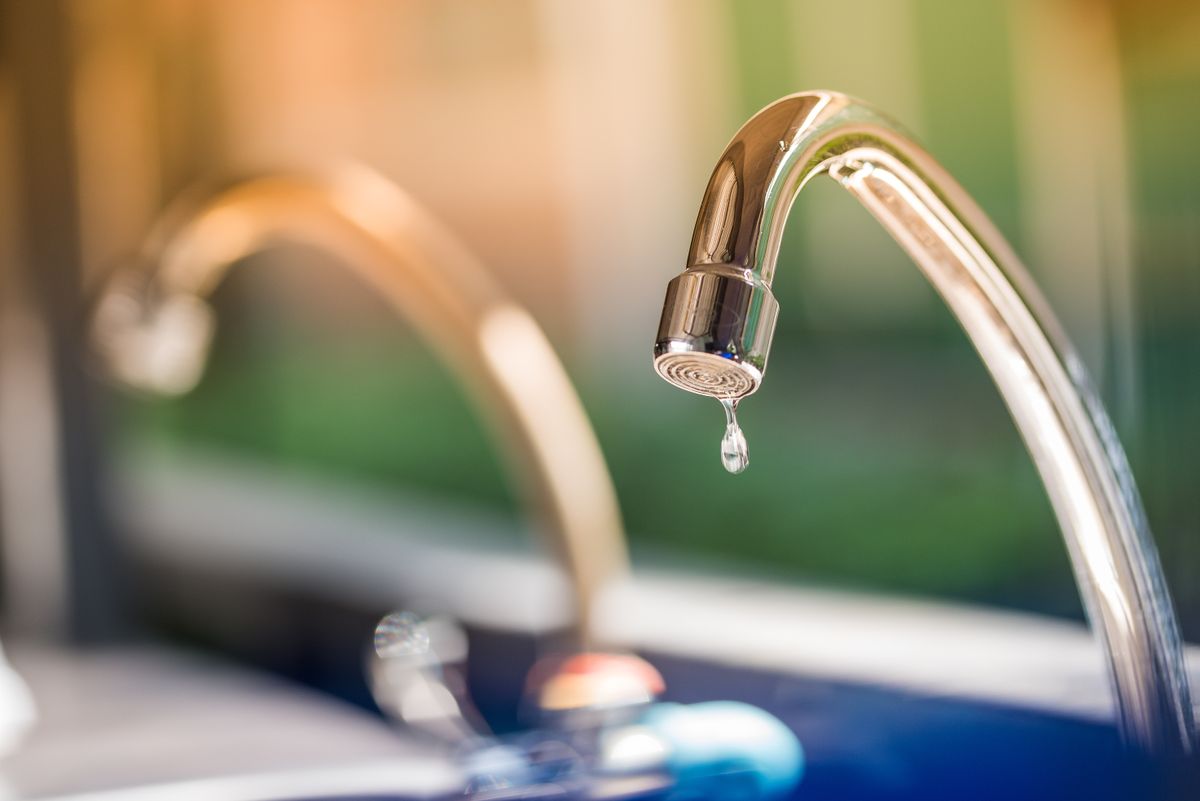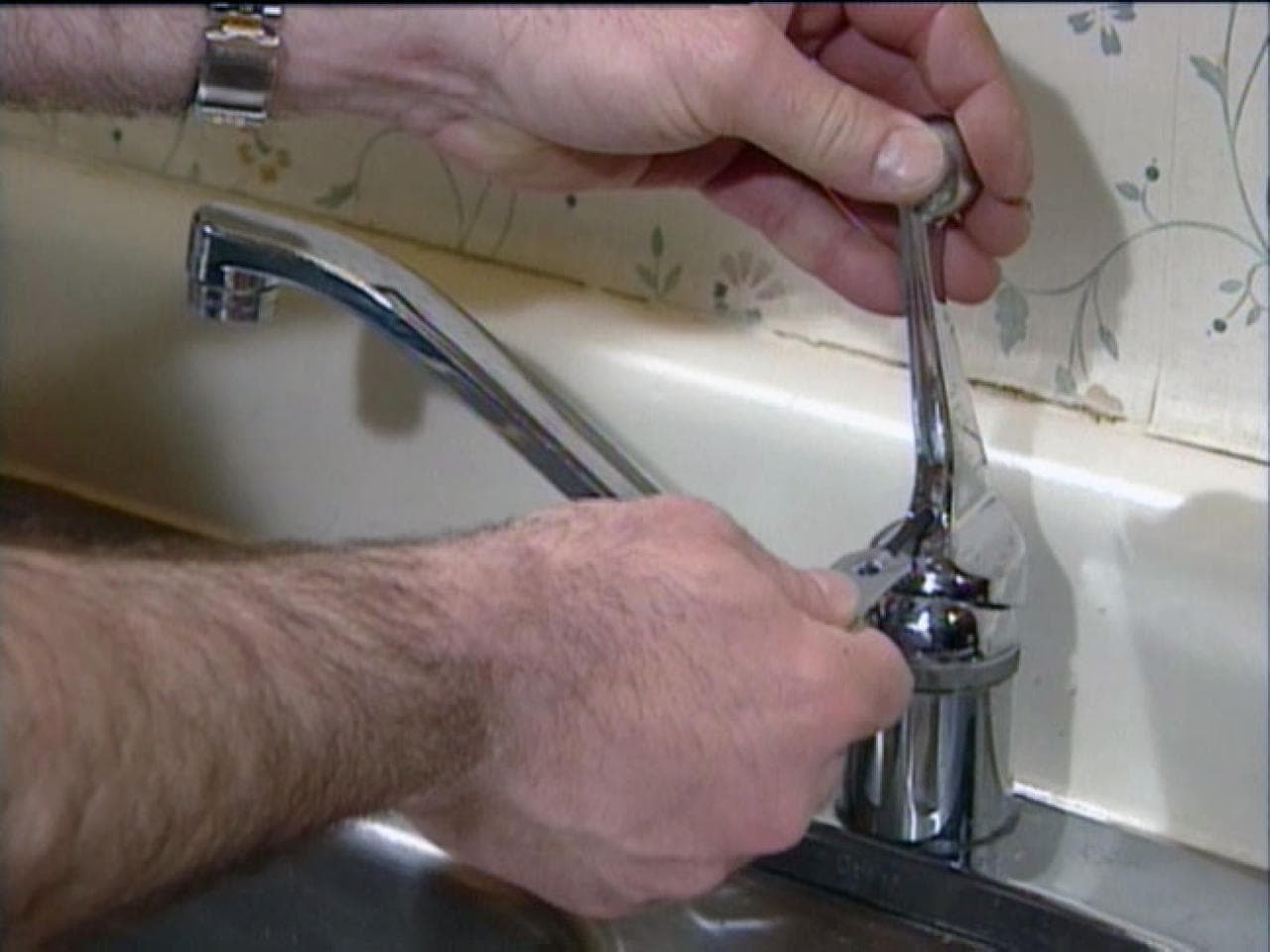Uncovering the Relevance of Resolving a Leaking Faucet
Uncovering the Relevance of Resolving a Leaking Faucet
Blog Article
The content which follows involving Should I Repair or Replace a Leaky Faucet? is exceptionally fascinating. Read on and draw your own personal assumptions.

Trickling faucets might feel like a small trouble, however their impact surpasses just the aggravation of the audio. From wasting water to incurring unneeded monetary costs and health and wellness dangers, overlooking a trickling tap can lead to various repercussions. In this short article, we'll delve into why it's essential to address this common household issue promptly and effectively.
Wastefulness of Water
Ecological Influence
Leaking faucets contribute significantly to water wastefulness. According to the Epa (EPA), a solitary tap leaking at one drip per secondly can squander greater than 3,000 gallons of water each year. This not only strains water sources yet also impacts environments and wildlife depending on them.
Step-by-Step Guide to Fixing a Dripping Tap
Tools Needed
Before attempting to repair a dripping faucet, collect the essential devices, including a flexible wrench, screwdrivers, substitute parts (such as washing machines or cartridges), and plumber's tape.
Common Faucet Issues and Their Solutions
Identify the sort of tap and the specific problem triggering the drip. Usual troubles include worn-out washers, corroded valve seats, or damaged O-rings. Describe manufacturer instructions or online tutorials for step-by-step assistance on repair services.
Financial Expenses
Boosted Water Bills
Past the ecological influence, trickling taps can pump up water expenses substantially. The built up wastage over time converts right into higher utility expenses, which might have been prevented with timely repair services.
Possible Property Damage
In addition, extended trickling can cause damage to fixtures and surface areas surrounding the faucet. Water accumulation can create discoloration, rust, and even architectural problems if left unattended, leading to extra repair service expenses.
Health and wellness Worries
Mold And Mildew and Mold Development
The consistent presence of moisture from a trickling faucet produces an ideal atmosphere for mold and mildew development. These fungi not only endanger interior air quality however likewise pose wellness risks, particularly for individuals with breathing problems or allergic reactions.
Waterborne Illness
Stagnant water in trickling taps can come to be a breeding ground for germs and other virus, increasing the threat of waterborne illness. Contaminants such as Legionella bacteria thrive in stationary water, potentially resulting in serious ailments when ingested or breathed in.
Do it yourself vs. Expert Repair work
Pros and Cons of Do It Yourself Repair Work
While some may attempt to repair a trickling tap themselves, do it yourself fixings come with their own collection of difficulties. Without proper knowledge and tools, DIY attempts can worsen the issue or cause insufficient repair services, lengthening the trouble.
Advantages of Working With a Specialist Plumber
Working with an expert plumber ensures that the underlying cause of the trickling tap is addressed properly. Plumbing professionals have the proficiency and tools to diagnose and fix faucet problems successfully, conserving time and lessening the danger of more damage.
Environmental Obligation
Private Contribution to Conservation
Taking duty for dealing with trickling faucets aligns with more comprehensive initiatives toward water preservation and ecological sustainability. Every individual's activities collectively make a considerable impact on maintaining valuable resources.
Lasting Living Practices
By prioritizing prompt repairs and taking on water-saving behaviors, individuals add to lasting living methods that profit both existing and future generations.
Safety nets
Regular Upkeep Tips
To avoid dripping taps, carry out regular upkeep such as cleaning aerators, evaluating for leaks, and changing worn-out components immediately. Additionally, take into consideration installing water-saving gadgets or updating to much more reliable fixtures.
Significance of Prompt Services
Dealing with leaking taps as quickly as they're discovered prevents further water waste and prospective damages, inevitably conserving both water and cash in the future.
Impact on Building Worth
Assumption of Well-Maintained Property
Maintaining a home in good condition, including dealing with upkeep problems like dripping taps, improves its viewed worth and value among possible purchasers or renters.
Impact on Resale Value
Residences with well-maintained plumbing components, consisting of faucets, command greater resale values in the realty market. Resolving dripping taps can add to a positive perception throughout home examinations and settlements.
Verdict
Addressing a dripping faucet surpasses plain convenience; it's a vital step toward saving water, minimizing monetary expenses, and securing wellness and building. Whether via do it yourself repair services or expert support, acting to take care of leaking faucets is a small yet impactful means to advertise accountable stewardship of resources and add to a much healthier, extra sustainable future.
How to Fix a Leaky Faucet: Step-by-Step Repair Guide
A leaky faucet may seem like a simple annoyance, but if it's not fixed promptly, that leak could cost hundreds to potentially thousands. From water damage to mold, mildew, and high water bills, even a tiny leak can be catastrophic if left unattended. Damage like this can even affect the overall value of your home, so it's important to take the right approach for leaky faucet repair. You may need the help of a plumber in some cases, but we've got a few tips you can try on how to fix a leaky faucet before calling the pros.
Four Faucet Types
When you're learning how to fix a leaky faucet, the first step is knowing what kind of faucet you're working with! There are four common types.
Cartridge Faucets
Cartridge faucets come in one- or two-handled varieties. In one-handled cartridge faucets, hot and cold water combines in a single cartridge. In the two-handled versions, hot and cold water are controlled separately and mixed in the faucet.
Ball Faucets
Ball faucets have a single lever you push up and down to adjust the pressure and rotate to change the temperature. A slotted metal ball controls the amount of water allowed into the spout.
Compression Washer Faucets
They're the oldest type of faucet, but they're still used in many homes — especially older ones. Compression faucets have two separate handles that, when turned, raise or lower the washer that seals a water valve. This valve stops water from flowing through the faucet when it is turned off.
Disc Faucets
Disc faucets rarely need to be repaired due to their maintenance-free design. The water flow is controlled by two discs — the upper one raises and lowers against a fixed lower disc, creating a watertight seal. If your disc faucet starts leaking, you may need to replace the seals or clean residue buildup from the inlets.
Fixing a Leaky Faucet
Step 1: Turn Off the Water
Whether you're learning how to fix a leaky bathtub faucet or how to fix a leaky kitchen faucet, always turn off the water supply to your working area when you're fixing a leak. The last thing you want is a flood added to your list of things to fix.
Look for the shutoff valves below your sink or around the tub and turn them clockwise to stop the water flow. If your faucet doesn't have shutoff valves, you may need to turn off the water for the whole house. Check to make sure it's off by turning the faucet on. If nothing comes out, you're ready to start the repair.
Step 2: Take Apart the Faucet
How you disassemble your faucet depends on the type of fixture you have. You can use a flathead screwdriver to remove the caps on top of the handle or handles for cartridge and compression faucets. Inside, you should see handle screws. Unscrew these with a screwdriver to remove the handle.
Disc- and ball-style faucets will typically have an inlet screw near the handle, and removing that will reveal the interior of the faucet.
Detach the Valve Stem
For cartridge- and compression-style faucets, you'll see the inner valve stem or cartridge once you remove the faucet handles. If you have a compression faucet, unscrew the brass valve stem. If you have a cartridge faucet, pull out the cartridge. If your cartridge has been in place for a while, it may require some tools or extra force to remove it due to mineral deposits.
Examine and Replace Parts
Once you've removed the parts, check them out to confirm what needs to be replaced. You may see corroded rubber washers, O-rings, stems, or cartridges. On a ball-style faucet, check the seats and springs for damage.
If you need to repair a leaky disc faucet, check the inlet and seals on the lower disc.
Once you determine what parts must be replaced, visit your local hardware store. Bring the damaged parts with you to ensure you can purchase the correct components to replace them.
Clean Valves and Faucet Cavity
If you've removed a stem or cartridge, you may notice mineral buildup in the faucet's threads. Use white vinegar to clean the valve seat by soaking it for a few minutes, then scrub it away with a soft toothbrush and rinse with warm water. You can also clean the interior of the faucet in the same way.
Reassemble the Faucet
Once your faucet is cleaned and the required parts have been replaced, it's time to reassemble it. Put the pieces back together and slowly turn the water supply back on. Doing this slowly is crucial because too much initial water pressure can damage the new hardware you've just installed.
https://homewarranty.firstam.com/blog/how-to-fix-leaky-faucet

We were shown that report about Why Is It Important To Fix Your Leaking Tap/Faucet? from a good friend on another web page. I beg you pause to promote this write-up if you appreciated it. Thanks for your time. Revisit us soon.
Report this page